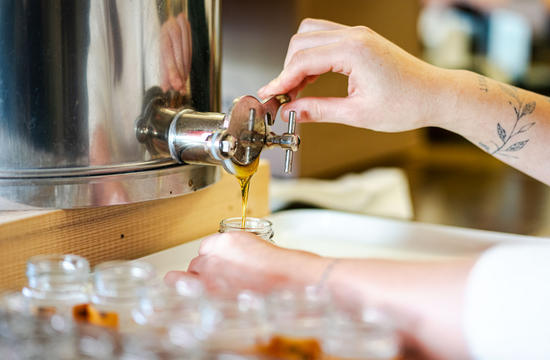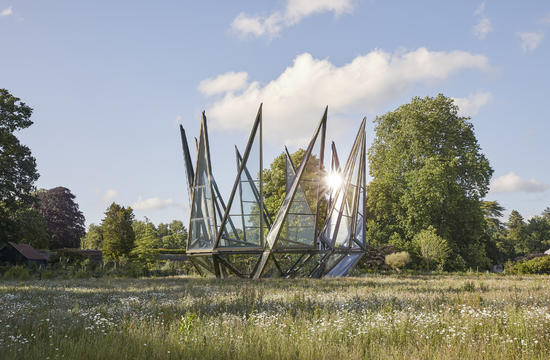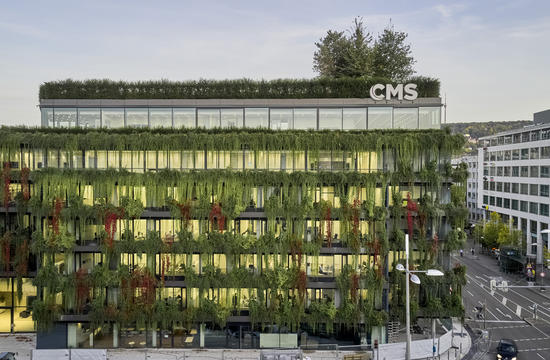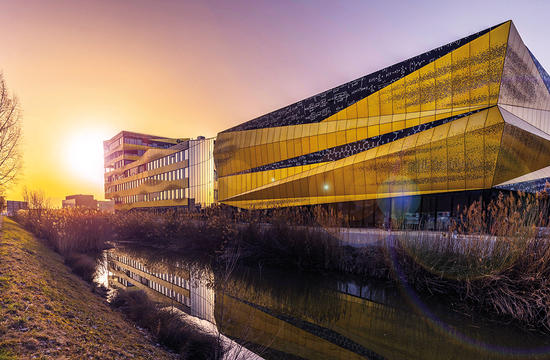As unmistakable as it is unique
Text: Lars Thieleke | Photos: Breuninger/Thomas Niederrmüller, RUF Automobile GmbH, Martin Koziel
Customisation within the mass market is no longer just a trend, but a basic requirement. We all know about personalised mobile-phone tariffs and training shoes. Now it is the turn of enterprises that produce things like customised top-end sports cars or movable glass roofs to show just how far such individualisation can really go. So where is this happening?
Pfaffenhausen, a town in the Unterallgäu district of Bavaria with 2,525 inhabitants and a population density of 190 people per square mile (119/km2), offers perfect conditions for trying out theories. The town provides a home both to RAICO, a top supplier of curtain-wall systems for buildings, and RUF, a world-renowned manufacturer of sports cars. What connects these two parallel universes is an unwavering enthusiasm for special solutions. “We do not use any automated processes. Every component is produced by hand”, says Marcel Ruf, before adding: “Customers can turn up at the workshop whenever they want while their car is being built, to see how every nut and bolt, virtually each one individually chosen, goes in.

The company uses “body in white” platforms supplied by Porsche to produce new supercars with its own chassis numbers, characterised by innovative technology and an almost unlimited level of individual detail. Just thirty cars, made exclusively to individual order, leave the factory every year, with three accounted for by RUF’s flagship model, the 777-horsepower CTR3 Clubsport with 980 Nm of torque. A customer in Florida recently ordered one of these models, which RUF has branded “Germany Edition” for marketing in its home country. The customer wanted the outer skin in carbon, but in such a way that it would only be recognisable at second glance. So the RUF team sprayed it black all over, in order to darken the carbon fibre even more. What’s more: “The customer wanted a red stripe running from front to back on the driver’s side, with a matching gold-coloured one on the passenger side. This different treatment for each side meant that we also had to take into account the colour of the stitching on the seats, the brake callipers and springs, and even the “RUF” logos on the wheels”, recounts Marcel Ruf. The customer wanted to make it plain that his car was Germany. “Engineered in Germany” is indeed a worldwide seal of quality.

The “Germany Edition” CTR3 also comes with a customised hi-fi system with loudspeakers in the roof lining. RUF even fits a hydraulic lifting system, which raises the vehicle by two inches (5 cm) for the purposes of manoeuvring in an underground car park, for example, and lowers it again automatically once its speed hits 40 mph (60 km/h). It is supplied as standard on all RUF vehicles. The production time of this CTR3 was approximately four months. And the cost? €700,000 net. Marcel Ruf: “Individualisation is our most important key selling point. If the customer calls us after three years to ask for a service, we fly out the self-same mechanic who built the car in the first place.” Even the after-sales service is customised.

Stuttgart city centre has had an additional landmark since May 2017 in the shape of the new “Dorotheen Quartier”.
The crowning glory of the building complex is its roof structure. Günter Klughammer, technical object specialist at RAICO: “Made of rock crystal, it consists of numerous white-glazed elements made to be adjustable to a wide range of angles, with profile strips to give the whole thing a smoothly flowing look.
An ever-growing set of individual and special solutions was required, given Stuttgart’s valley location, to ensure that the rock-crystal effect was visible from afar. “We developed a completely new and unique opening mechanism, for example“, says Klughammer, before adding by way of explanation: “Ventilation panels normally lie about four inches, or ten centimetres, above the surface of the roof. But we developed a system that lies flush with the glass surface.” Radar monitoring detects anyone reaching in while the motor is opening or shutting one of the flaps concerned.
The greatest challenge faced by Günter Klughammer’s team was the extremely large amount of movement clearance required for the steel-and-glass structure. Given the flexibility of the concrete ceilings to which the steel brackets were attached, they had to count on there being downward movement of between 5 mm and 12 mm, depending on the traffic loads at the individual fixing points concerned. “This altered the shape of the entire steel structure. In order to prevent the glass from breaking, we used extra-wide seals around the edges. This allows the glazing to perform as intended, even as the structure shifts, thanks to the flexibility of the seals.” says Mr Klughammer. What this flexible roof design shares with the “Germany Edition” CTR3 is a clever approach to finding a special solution.





